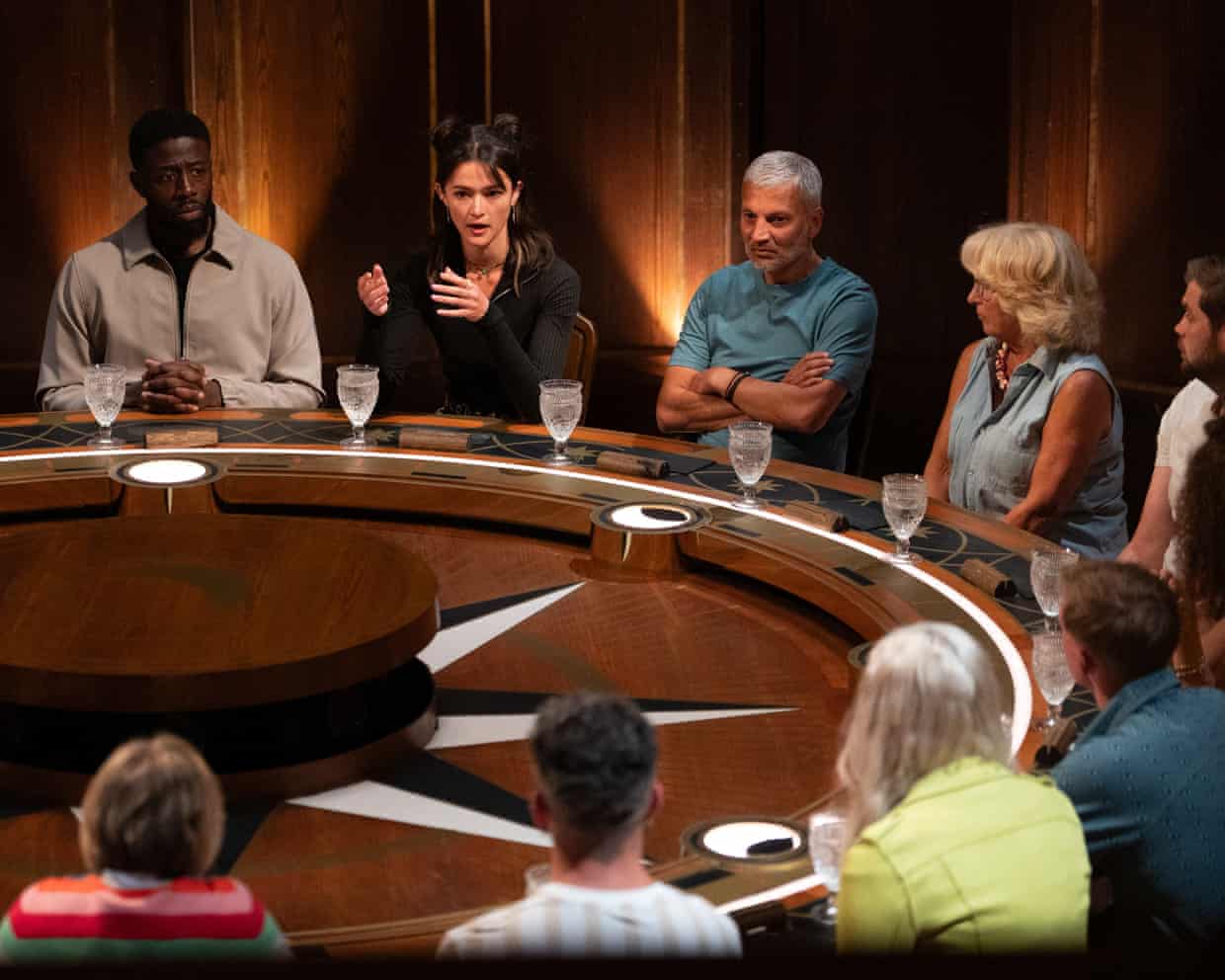
The Guide #226: SPOILER ALERT! It’s never been easier to avoid having your favourite show ruined
Don’t be alarmed by the image above. I can assure you that this newsletter features no spoilers for the current season of The Traitors. We won’t be discussing the shocking departure of REDACTED, or the nefarious actions of EXPUNGED, or the fact that CENSORED is the wife/half-brother/hairdresser of NAME REMOVED. Relax, you are in a hermetically sealed Traitors safe space here.Indeed, what has gradually dawned on me while watching this latest series is how relatively straightforward avoiding spoilers has been
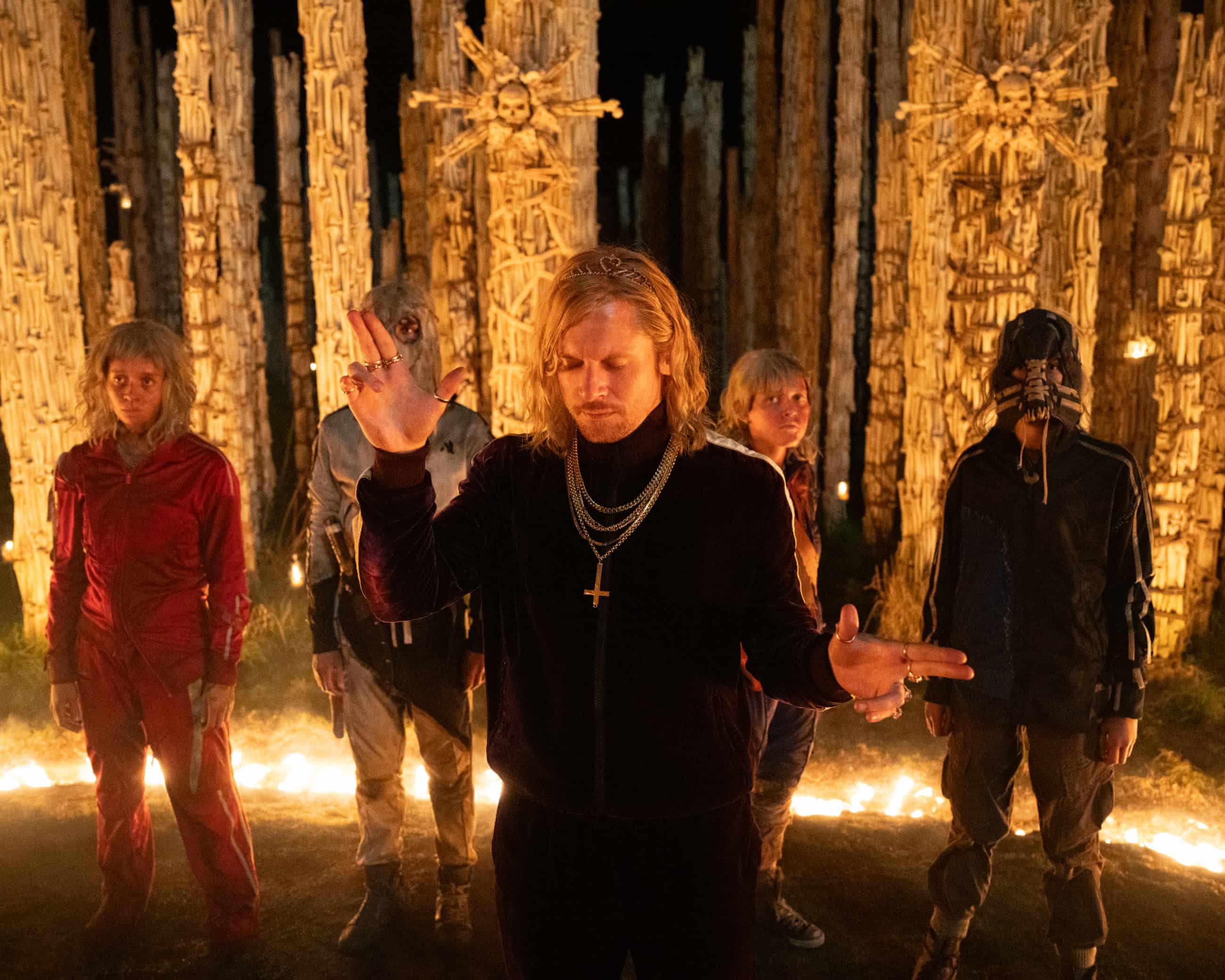
From 28 Years Later: The Bone Temple to A$AP Rocky: your complete entertainment guide to the week ahead
Another visit to the UK’s putrid zombie aftermath, and the polymath rapper returns after eight years with a collb-packed blockbuster28 Years Later: The Bone TempleOut nowIt would have been hard to imagine in 2002 that 28 Days Later would spawn something so different (and that’s probably a good thing; who wants identikit sequels?). The post-apocalyptic UK is now almost unrecognisable in this Nia DaCosta-directed, Alex Garland-scripted instalment, with violent tribes competing for scant resources.Rental FamilyOut now In this Japan-set drama from director Hikari, Brendan Fraser plays an actor hoping to land a decent role after appearing in a hit toothpaste commercial. He is hired by a company that provides family stand-ins for events, leading to some unexpectedly genuine connections.The Voice of Hind RajabOut nowUsing real audio footage, this Gaza-set film dramatises the death of six-year-old Hind Rajab, who was trapped on the phone for three hours in a car surrounded by six relatives killed by Israeli forces, only to be shot dead herself, after soldiers fired 335 rounds of ammunition into the car and the ambulance that came to collect the little girl, also killing two paramedics

Jimmy Kimmel on the midterms: ‘We can’t have an election soon enough’
Late-night hosts covered alarming new comments by Donald Trump as well as his outburst at a heckler in Michigan.On Jimmy Kimmel Live! the host said that in the first two weeks of 2026, “all hell has broken loose” and “if this was Jenga, there’d be blocks of wood all over the house.”He spoke about Trump threatening to invoke the Insurrection Act as a result of his ICE officers causing chaos in Minneapolis. Kimmel joked that “he hasn’t been able to get an insurrection for years”.The host said that instead of trying to de-escalate the situation, he is doing the opposite and that “he turns the temperature up on everything but his wife
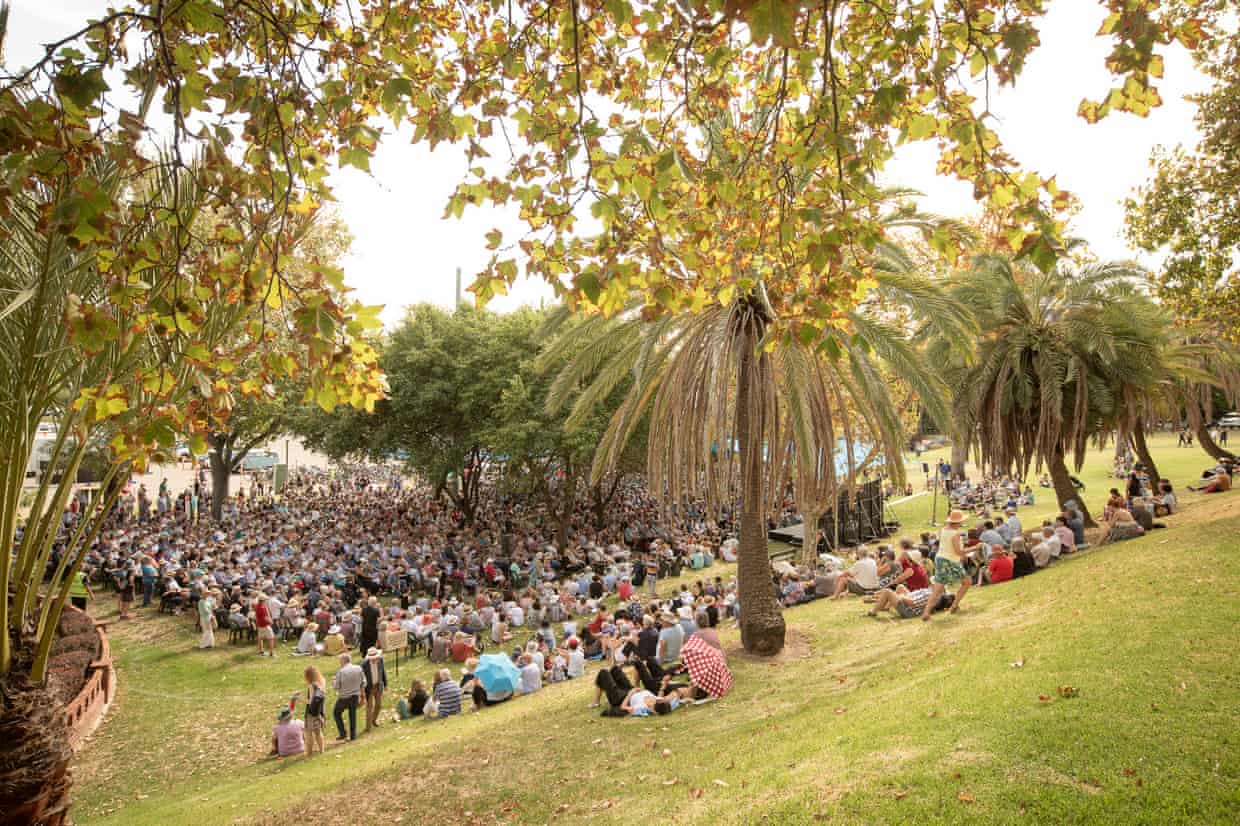
Civilised but casual, often hilarious, Adelaide writers’ week is everything a festival should be – except this year | Tory Shepherd
The sun almost always shines on Adelaide writers’ week, held on Kaurna land each year at the tail end of summer.For those who start looking forward to it as soon as soon as the Christmas tree is packed away (or earlier, frankly) there’s a sense of loss, of betrayal, at the omnishambles that has led to its cancellation this year.We’re bereft, and angry – not least because some of the most vocal critics seem to have no idea what writers’ week actually is.During Adelaide’s Mad March, the city’s parklands are home to the festival fringe’s sprawling performance spaces, bars and restaurants. On a Sunday you might leave behind the carnival chaos of the Garden of Unearthly Delights
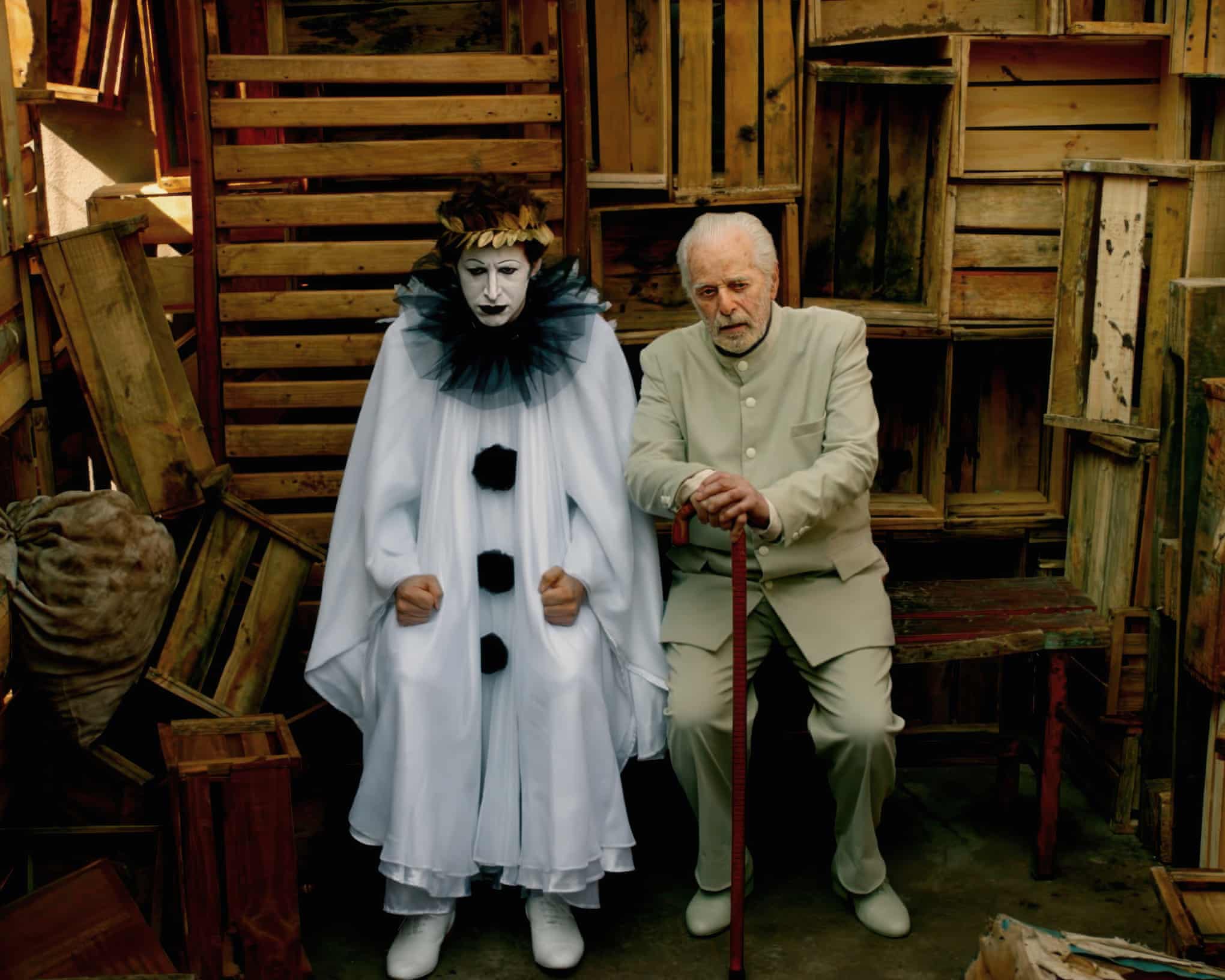
‘Soon I will die. And I will go with a great orgasm’: the last rites of Alejandro Jodorowsky
The Chilean film-maker’s psychedelic work earned him the title ‘king of the midnight movie’, and a fan in John Lennon. Now the 96-year-old is ready for the end – but first there is more living to doThe Guardian’s journalism is independent. We will earn a commission if you buy something through an affiliate link. Learn more.There is an apocryphal story of an ageing Orson Welles introducing himself to the guests at a half-empty town hall
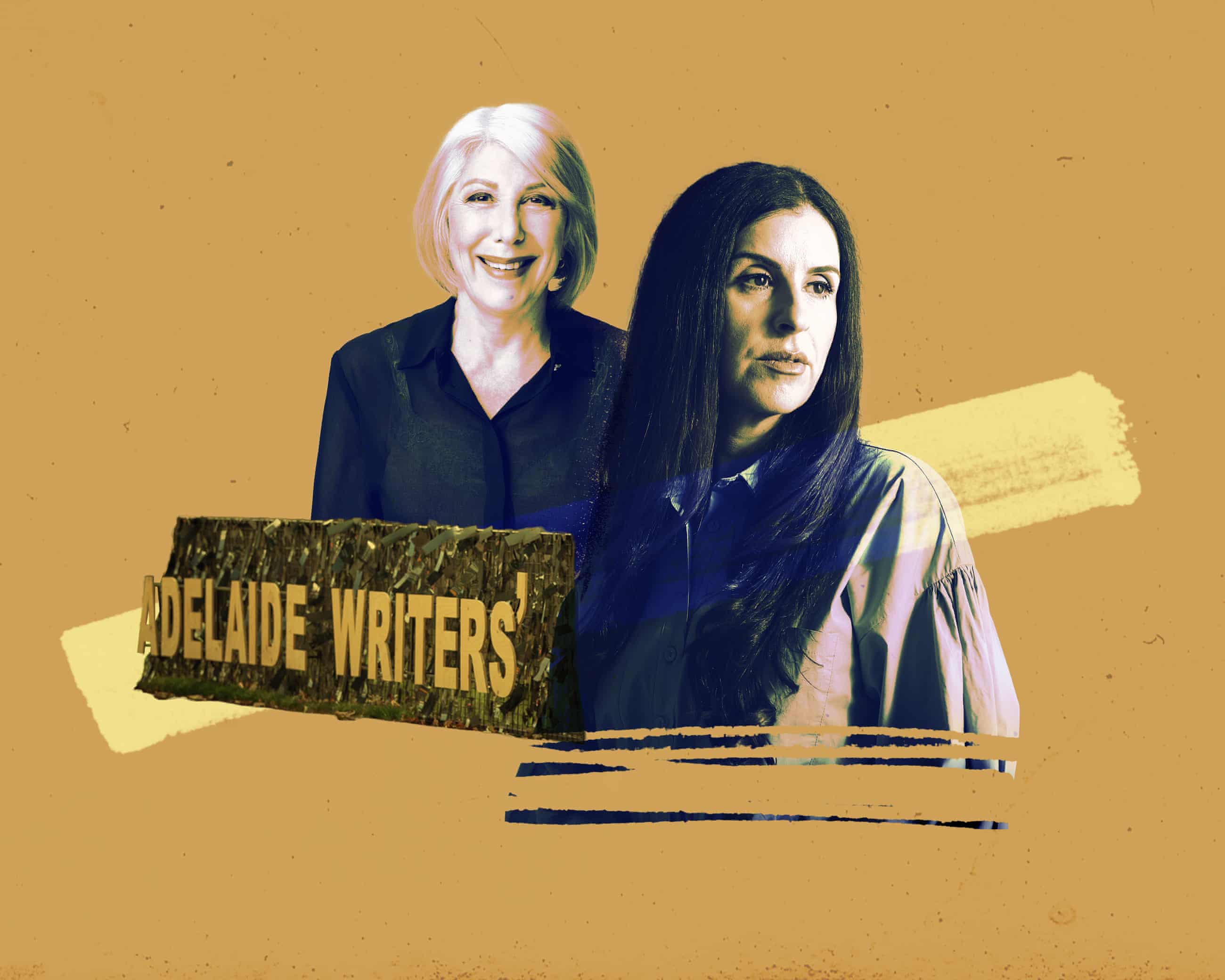
Call this social cohesion? The war of words that laid waste to the 2026 Adelaide writers’ festival
How a boardroom flare-up sparked an international boycott – and a looming defamation battleIt began as a quiet programming dispute in the genteel city of churches.But by Wednesday morning, a frantic, six-day war of words had culminated in the end of the 2026 Adelaide writers’ week and total institutional collapse.What started with the discreet exit of a business titan and arts board veteran spiralled into boardroom carnage last weekend, with mass resignations, lawyers’ letters of demands and allegations of racism and hypocrisy flung by all sides.By the time the writers’ week director, Louise Adler, walked, the boycott of writers, commentators and academics had gone global and the state’s premier cultural event had become a hollowed-out shell.The cancellation of AWW may only be the opening act

Welcome to Duncanville: why the road to the NBA runs through Dallas

The Spin | Ricky Ponting’s prescient call and the joy of being a cricket soothsayer

‘Pay up’: Rory McIlroy delivers Ryder Cup warning to LIV pair Hatton and Rahm

Significant sexual safety problem for women working in elite UK sport, says survey

‘Head held high’: Raducanu refuses to be critical after early Australian Open exit

‘It’s not acceptable’: Brook admits he’s lucky to be captain after bouncer altercation